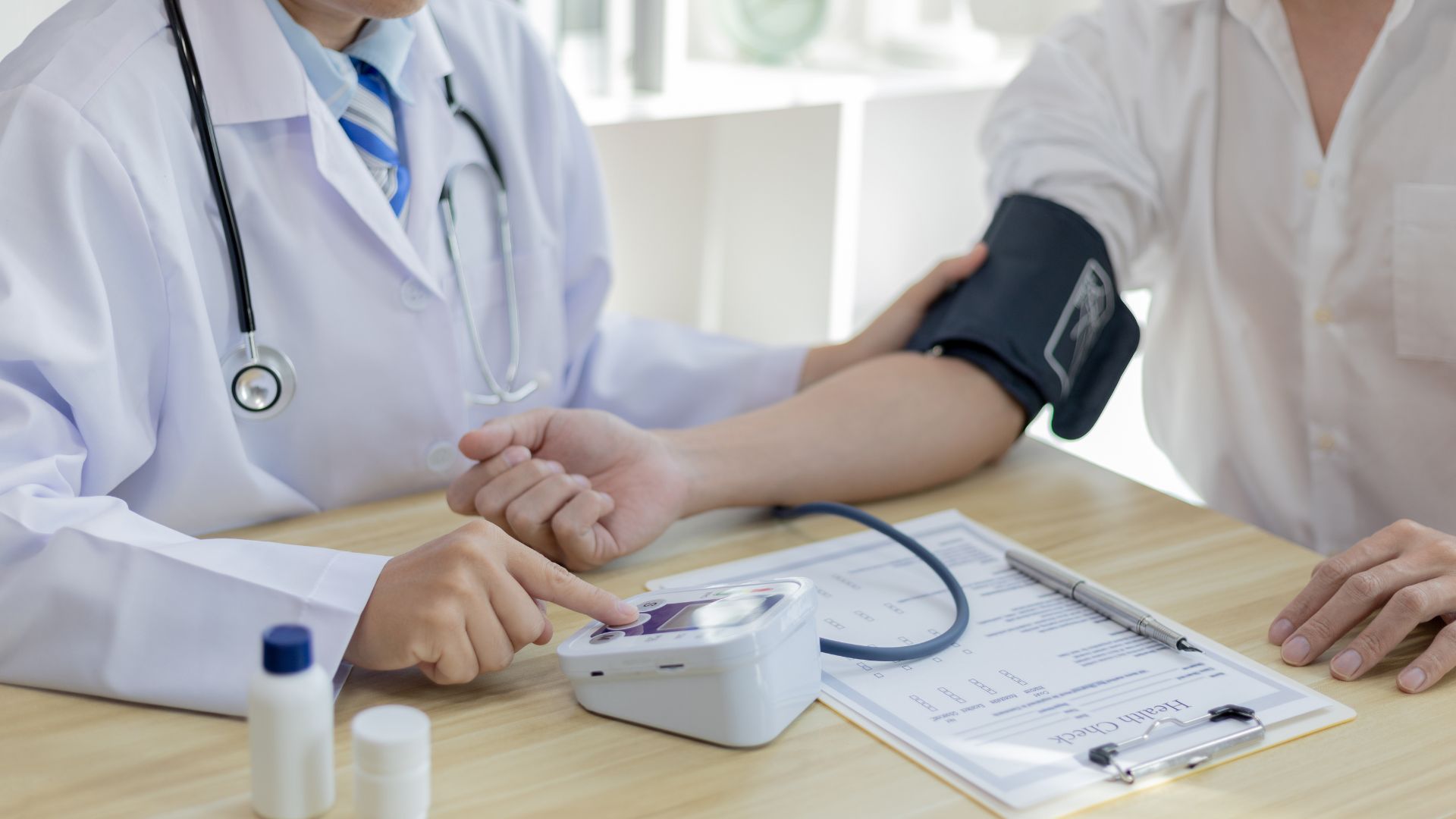The liver is the second largest organ in the body. The liver’s function is to process everything we eat or drink and filter any harmful substances from the blood. If too much fat has accumulated in the liver then this process is interfered with. The liver commonly repairs itself by rebuilding new liver cells when the old ones are damaged. When there is repeated damage to the liver, permanent scarring takes place. This is called cirrhosis.
Fatty liver is a reversible condition and usually goes away on its own. Fatty liver often has no symptoms and does not cause any permanent damage.
COMMON CAUSES OF FATTY LIVER
- Consumption of large amounts of alcohol
- Metabolic abnormalities
- Excess body weight
- Insulin resistance (as occurs in diabetes)
- High levels of triglycerides (a fat) in the blood
- Drugs
- Corticosteroids
- Tamoxifen
- Pregnancy
- Certain cancer chemotherapy drugs
DIAGNOSIS
Fatty liver usually causes no symptoms. Some people feel tired or have vague abdominal discomfort. The liver tends to enlarge and can be detected by doctors during a physical examination. Since fatty liver disease is asymptomatic until liver inflammation occurs, the diagnosis is often made incidentally. The health care practitioner may note a slightly enlarged liver on physical examination, or screening blood tests may show mild abnormalities of liver function.
When concern exists for the presence of fatty liver disease, our health care practitioner will try to find the underlying cause and risk factors. Questions may be asked regarding alcohol consumption, medication use (both prescription and over-the-counter) and past medical history, especially concerning previous history of viral hepatitis (the most common are A, B, and C) and immunizations against infectious hepatitis. Screening for diabetes may be appropriate.
Blood tests may be helpful as screening tests for liver inflammation, although liver function studies such as serum transaminases (AST, ALT) may be normal or elevated and not necessarily related to the severity of the liver disease. Other liver tests such as alkaline phosphatase and bilirubin are often normal. Serum ferritin (a measure of iron storage) may be abnormal. In patients with NAFLD and NASH, cholesterol levels including triglycerides are often elevated.
Ultrasound of the liver can reveal patterns suggestive of fatty infiltration of the liver. Computerized tomography (CT scan) and magnetic resonance imaging (MRI scan) are also useful in the evaluation of fatty liver.
TREATMENT
Treatment focuses on the factors that may cause the disease. Common interventions center around:
- Treatment of alcoholism
- Cholesterol management
- Weight loss
- Blood sugar control
To reduce your risk of fatty liver, make healthy lifestyle choices, such as:
- Limit or avoid alcohol consumption.
- Choose a healthy diet.
- Maintain a healthy weight.
Our age management program includes a liver detoxification by intraveinous technique. The injected products help the elimination of the toxins ingested in one way or another. This therapy does not present any risk or side effects. After 3 to 4 sessions, the patient already feels an immense difference and the symptoms of chronic fatigue disappear. Our specialist also can advise nutrition supplements helping you to control your weight and improve your diet habits. He uses techniques of non-routine regulation totally different from those used by traditional medicine or by dieticians. This new science is based on extensive recent research with medically proven results over the long term.








